North Korea's nuclear threat: What options does President Donald Trump have?
Sign up now: Get ST's newsletters delivered to your inbox
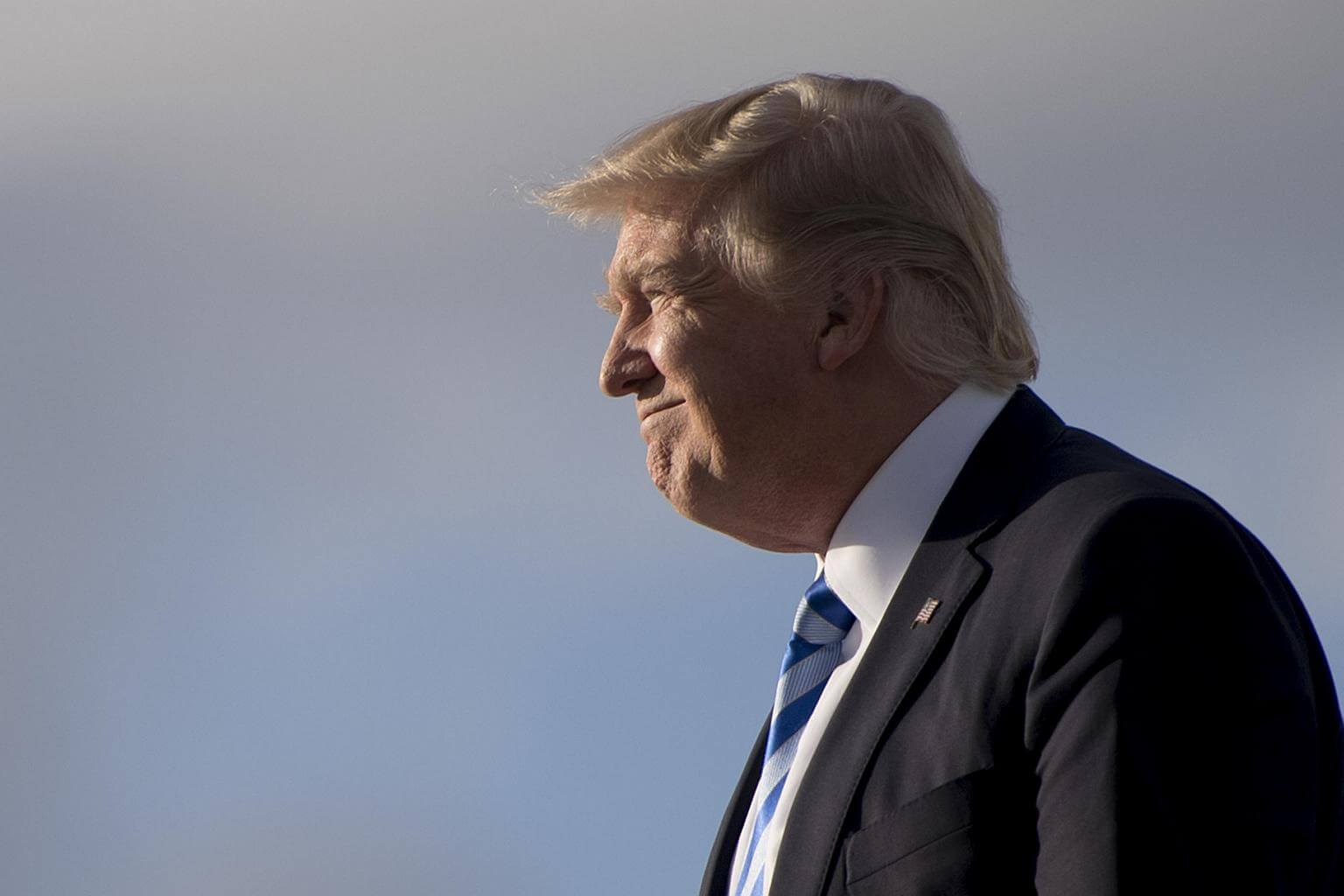
US President Donald Trump has employed tough rhetoric in response to North Korea's recent missile tests.
PHOTO: AFP
Follow topic:
WASHINGTION (REUTERS) - US President Donald Trump has employed tough rhetoric in response to North Korea's recent missile tests, but the new president's options appear limited in dealing with a challenge that has vexed his Oval Office predecessors.
Most options fall into four categories: economic sanctions, covert action, diplomatic negotiations and military force.
ECONOMIC SANCTIONS
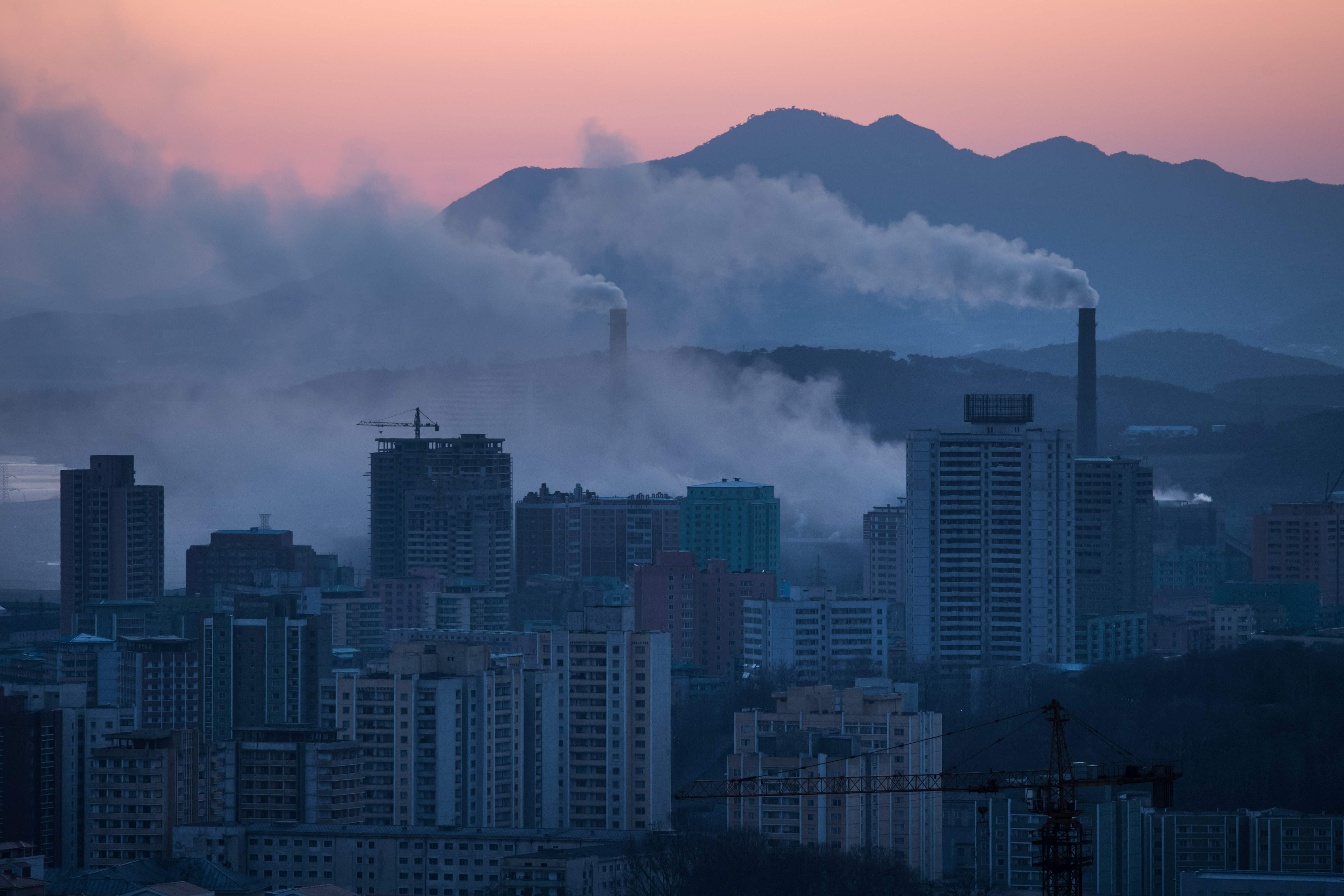
North Korea is already among the most heavily sanctioned nations, facing numerous strictures to limit its ability to conduct commerce, participate in international finance and trade in weapons and other contraband.
Despite those measures, "most analysts agree that US and multilateral sanctions have not prevented North Korea from advancing its fledgling nuclear weapons capability," said a report last year from the US Congressional Research Service.
Trump is focusing his North Korea strategy for now on tougher sanctions, possibly including an oil embargo, banning its airline, intercepting cargo ships and punishing Chinese banks doing business with Pyongyang, US officials said.
But the officials expressed doubt about how much farther China is willing to go to pressure its defiant North Korean ally - despite Beijing's increasing frustration with Pyongyang's missile launches and nuclear tests.
Beijing has long feared that economic collapse in North Korea would flood China with refugees and leave it to deal with chaos on the Korean peninsula.
COVERT ACTION
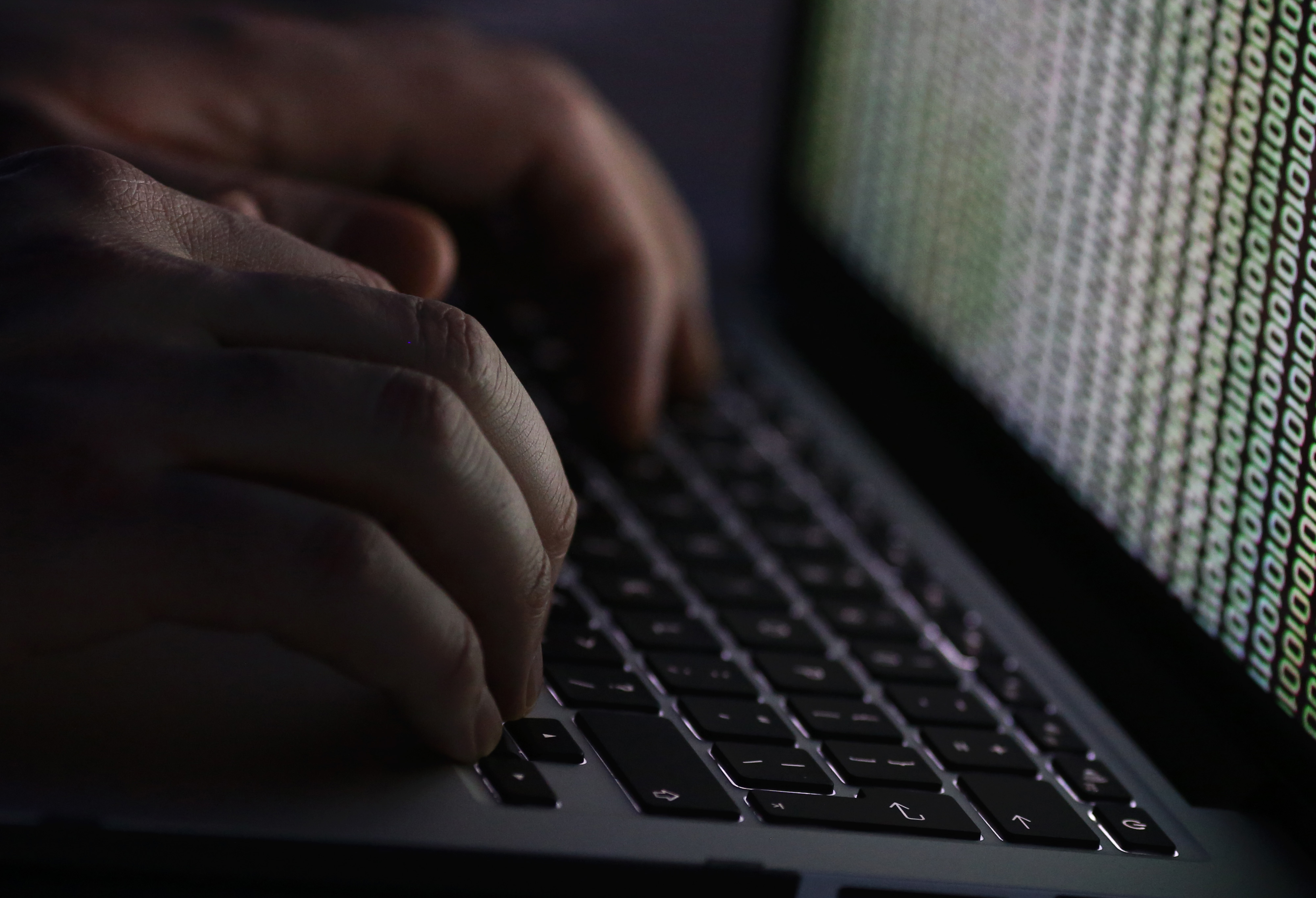
The United States, with help from Israel, temporarily set back Iran's nuclear program via a computer virus called Stuxnet, which destroyed thousands of centrifuges used to enrich uranium. The US tried, but failed, to deploy a version of the Stuxnet virus to attack North Korea's nuclear weapons program in 2009-2010, Reuters reported in 2015.
One former high-ranking intelligence official briefed on the program said the effort was stymied by North Korea's utter secrecy and extreme isolation of its communications systems.
That same secrecy is responsible for what US officials have consistently described as limited US intelligence about the North Korean government's inner workings.
Another semi-covert approach would be for Washington to use electronic warfare or cyber attacks to disable North Korean missiles during or shortly after their launch.
The high failure rate of the North's missile tests has prompted speculation that the US is already doing so. The New York Times reported last month that the US military is working hard on missile defences that would involve sabotage rather than traditional anti-missile interceptors.
DIPLOMACY
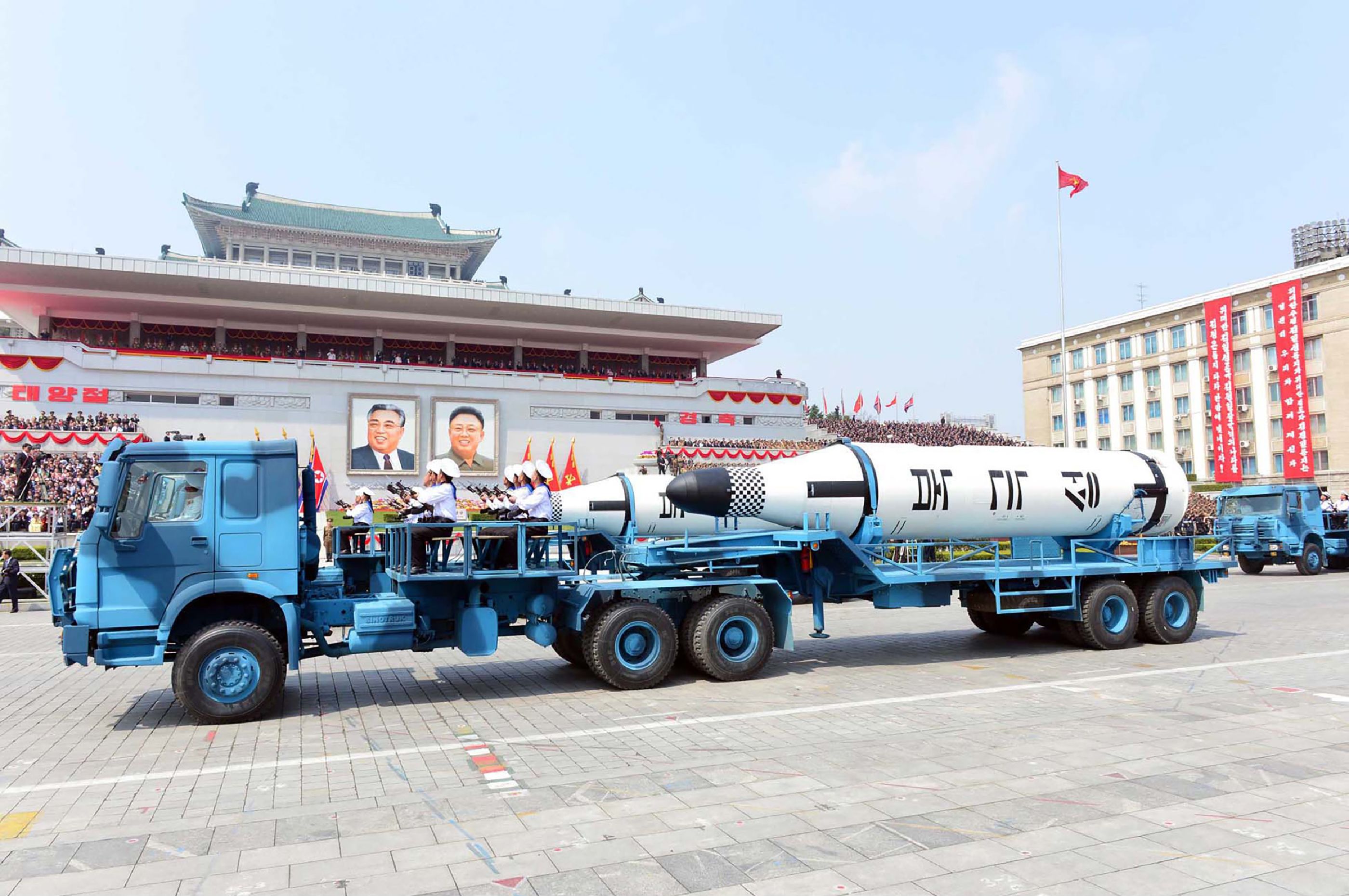
The Trump administration has not indicated publicly it is interested in reviving moribund diplomatic negotiations with North Korea over its nuclear and missile programs.
There have been no official negotiations for seven years. In February 2012, the United States and North Korea announced an agreement in which the North would suspend operations of its Yongbyon uranium enrichment plant, allow international inspectors to verify the suspension, and implement moratoriums on nuclear and long-range missile tests.
In return, North Korea would get badly needed food aid.
In April of that year, the North attempted to launch a satellite on a three-stage rocket, in what Washington said was a violation of the agreement because of the rocket's potential military uses.
While Pyongyang denied it had breached the agreement, the deal was suspended.
China, alarmed at rising US-North Korea tensions, on April 15 called for talks leading to the denuclearization of the Korean peninsula.
MILITARY FORCE
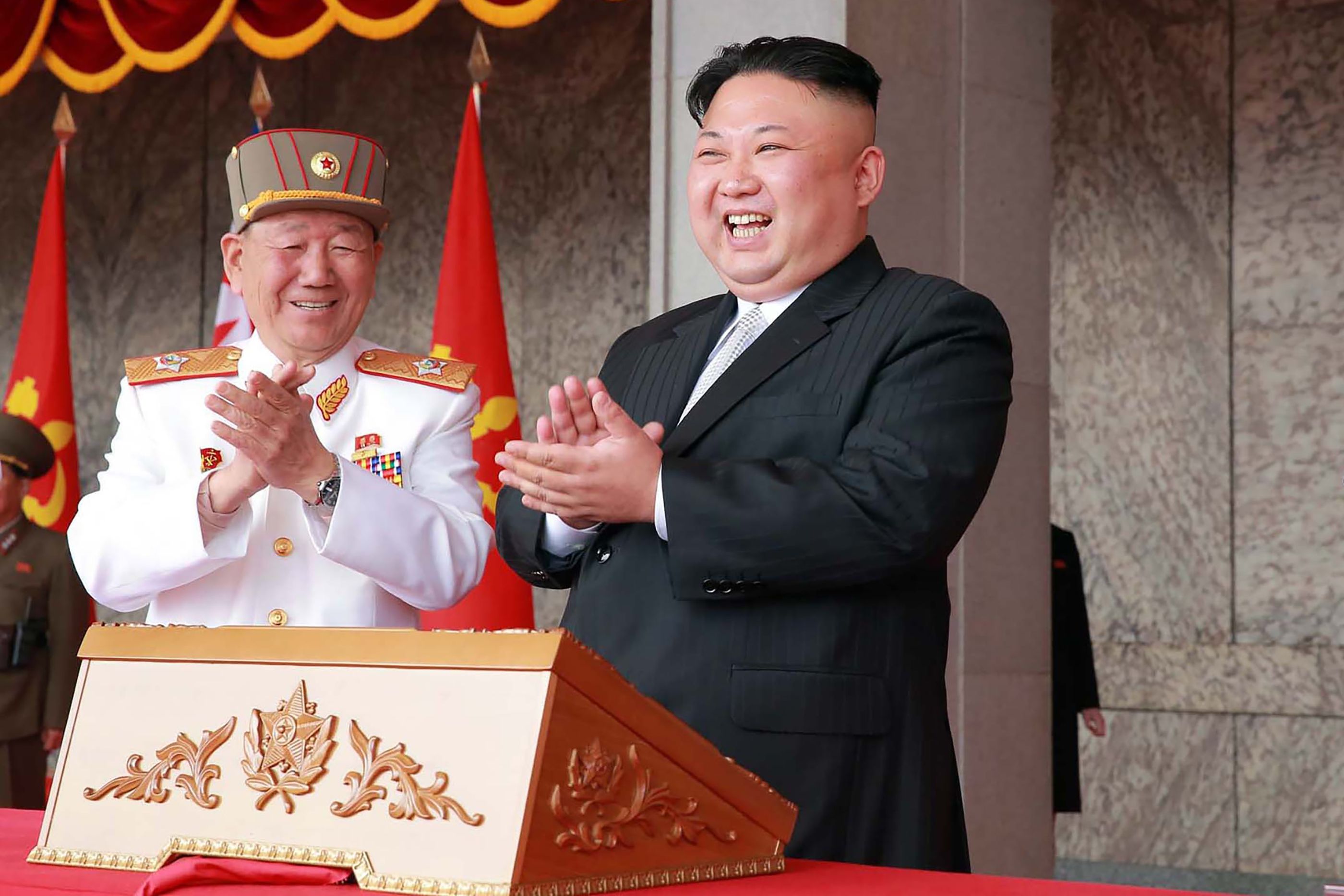
Military options available to Trump range from a sea blockade aimed at enforcing sanctions to cruise missile strikes on nuclear and missile facilities, to a broader campaign aimed at overthrowing leader Kim Jong Un.
How North Korea would respond to even a limited strike is unknown, but it threatened on April 14 to "ruthlessly ravage" the United States if Washington chooses to attack.
Any US military action brings severe risks for US ally South Korea. "South Korea has some 20 million people within artillery range of North Korea," retired ambassador Chris Hill, the top US envoy to talks with North Korea under President George W. Bush, told ABC's "This Week" program on April 16.
On the same program, Trump national security adviser H.R. McMaster indicated military force is a last resort.
"It's time for us to undertake all actions we can, short of a military option, to try to resolve this peacefully," he said.

